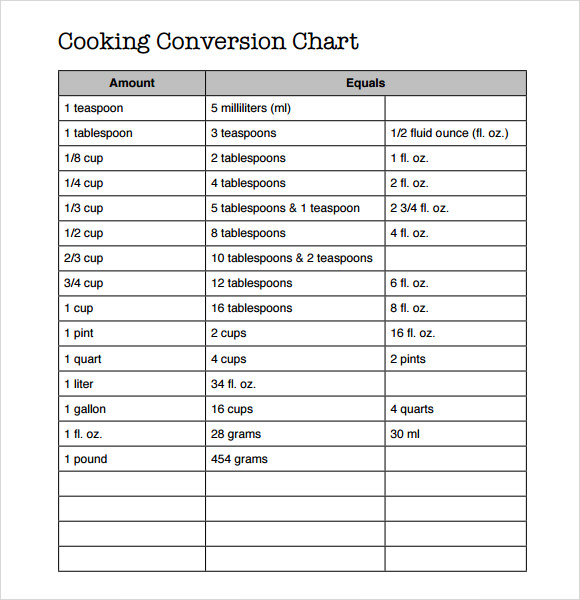


Any sensitive pastries (and related complex desserts, e.g., souffles) are generally best baked by themselves.However, you will generally need to get up to something close to the recipe temperature to achieve sufficient setting of the batter/dough (before collapse) and then browning. In fact, despite warnings about the necessity of pre-heating, a surprising number of baked goods can even be successfully baked starting from a cold oven and will still achieve perfectly sufficient rising/oven spring. Some types of baked goods won't rise as high, but that's often a lesser quality problem to deal with than baked goods that are burned on the outside but raw or dried out on the inside (which can happen with a high temperature). When in doubt, I'd err on the side of a slightly lower temperature. If you have multiple types of baked goods to bake at the same time, it may or may not be possible to get good results: the best you can do is take something close to an average temperature and pull them out when done.If you have baked goods involved, you may need your oven set at the temperature required by the baked goods. These are usually baked goods, which depend on a particular balance of high heat (to rise or create oven spring, and to "set" the dough/batter after expansion) and lower heat (to avoid overbrowning or burning before the center is cooked through). Temperature has to be determined by the foods that are most sensitive to temperature.The only general advice here is to monitor the cooking frequently and use whatever doneness criteria you have.įor temperature, things get a little complicated, but here are some general thoughts for different food types. will really create differences in baking times.
#COOKING TEMPERATURE CONVERSION FULL#
This is even more true for full ovens, where temperature fluctuations, steam from other dishes, variations in radiant heat and air circulation produced by other baking vessels, etc. Only experience and trial-and-error can tell you how a particular dish or recipe will be affected. There are various charts and tables available for determining how timing will be affected by temperature changes, but frankly they're rarely accurate. For food safety reasons, you don't want to "rest" the food too long before returning to the oven, but it can help to balance timing as you're approaching doneness for everything. (The gluten structure needs to be stable, usually with interior temp of at least 180-190F.) For other dishes, you may be able to remove from the oven in mid-bake and return after other dishes have "caught up" in doneness level. For baked goods, they should probably be nearly done before removing and resting. If one particular dish is getting done too quickly, you can often remove it, cover with a lid or foil, and return to the oven when the remaining dish(es) are approaching doneness. In that case, you'll just have to take a guess, put foods that need longer cooking in first, and keep an eye on everything. If your goal is to try to have multiple things done at the same time, timing can be more tricky. Longer cooking will often just make the texture more tender, which is often a benefit. Other foods are often not as picky about doneness levels, e.g., stews, casseroles, braises.

Most foods will eventually get done at lower temperatures they may just take longer. Pull the food from the oven when it satisfies the doneness condition. Most recipes that require a very particular doneness have some sort of test to determine it (e.g., final internal temperature, texture, brownness level, solidity, etc.). The general answer about timing is to bake until done. There are other questions which have been asked here that ask about specific cases.įirst, timing and temperature are separate issues. I'll take a stab at the question in general terms, but it really will vary depending on the specific dishes. There aren't any very good "rules of thumb" for specific temperatures or cooking times.


 0 kommentar(er)
0 kommentar(er)
